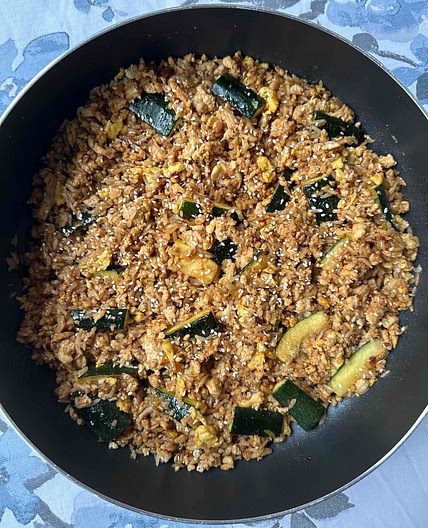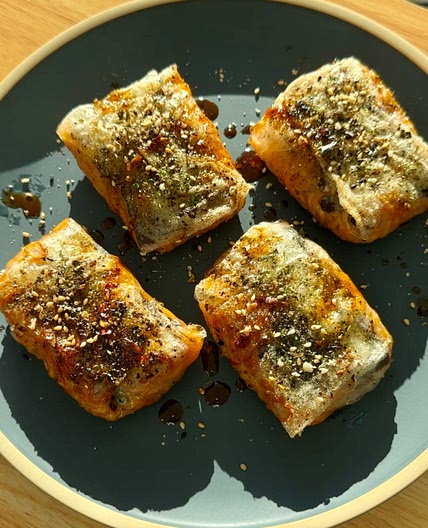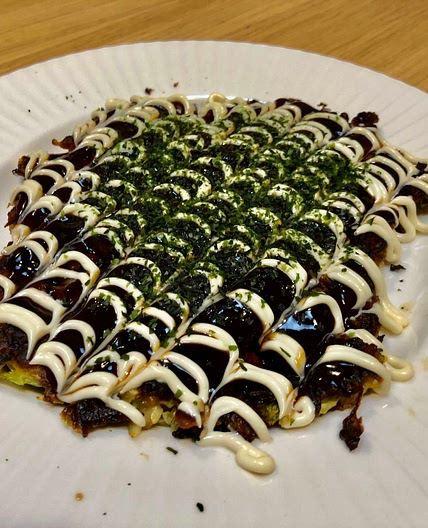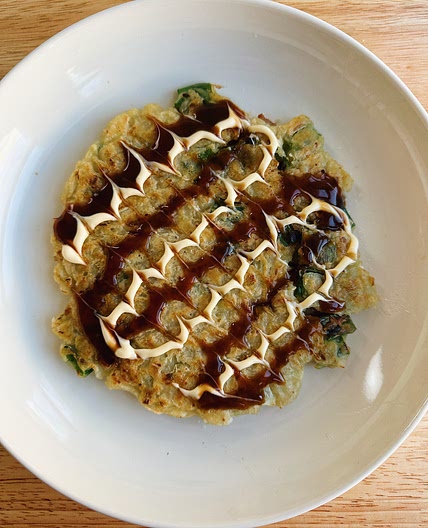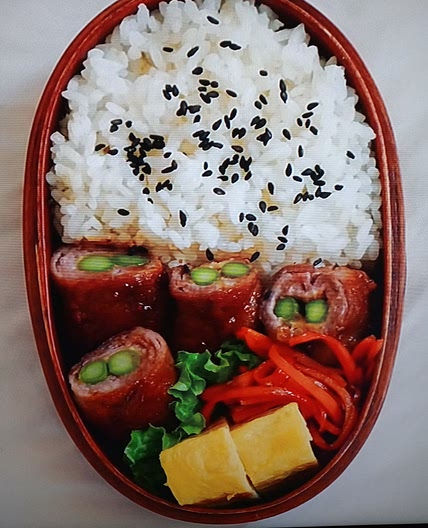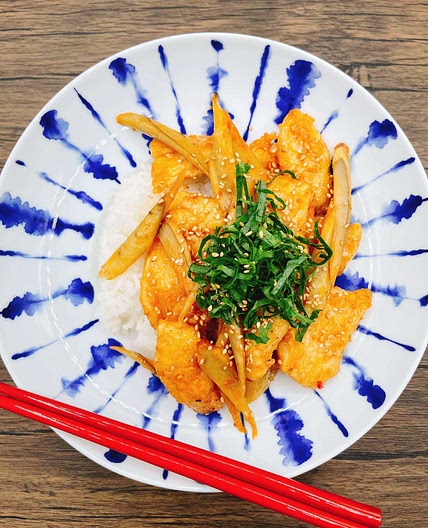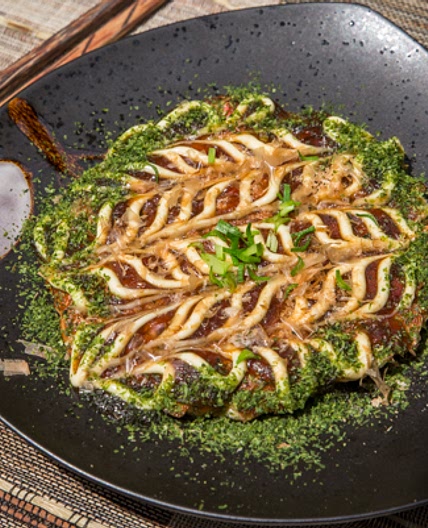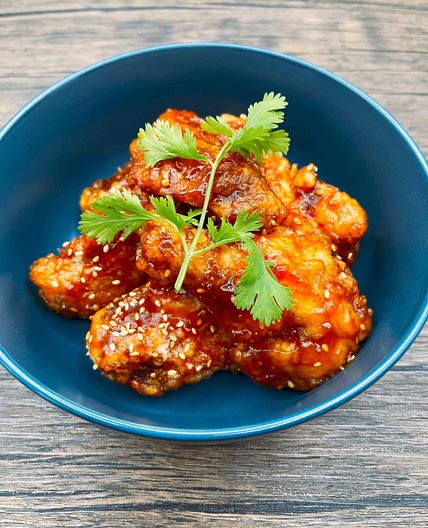Nutrition balance score
Unbalanced
Glycemic Index
56
Moderate
Glycemic Load
2
Low
Nutrition per serving
Calories182 kcal (9%)
Total Fat14 g (20%)
Carbs3.8 g (1%)
Sugars3.4 g (4%)
Protein9.7 g (19%)
Sodium276.4 mg (14%)
Fiber0 g (0%)
% Daily Values based on a 2,000 calorie diet
Instructions
Step 1
To a measuring cup add 3 large eggs and ½ Tbsp sugar. I like to add 1 pinch salt as well. Then, add 1 tsp soy sauce and 1 Tbsp water.
Step 2
Gently “cut“ the eggs using cooking chopsticks in a zigzag motion and with the chopstick tips touching the bottom of the mixing bowl. Do not overmix or incorporate air into the eggs. For a refined texture and even coloring, you can pass the egg mixture twice through a fine-mesh sieve (optional).
Step 3
Cook the first layer. Heat the tamagoyaki pan over medium heat. Dip a silicone brush or folded paper towel in some neutral oil and apply a thin layer to the pan. To check if the oil is hot enough, use the “sizzle“ test: Put a drop of the egg mixture in the pan; when you hear a sizzling sound, the pan is ready.
Step 4
Pour in a thin layer of egg mixture. Quickly tilt the pan to coat the entire cooking surface with egg. Add just enough to fill the pan and don‘t overpour. For my pan size, I had enough to cook 4 thin layers of egg mixture; you may have more or fewer layers, depending on your pan size.
Step 5
Pop any air bubbles (I use cooking chopsticks). Tilt the pan again to distribute the egg mixture evenly.
Step 6
Once the bottom of the egg has set and the top is soft but no longer runny, start rolling the egg into a log shape with a spatula (or cooking chopsticks). Start from the far side of the pan and roll toward the pan handle. Don‘t worry about making a perfect roll at this stage.
Step 7
Lightly grease the far side of the pan. Then, push the omelette back to the far side. Cook the second layer. Lightly grease the front side of the pan. Use the sizzle test to see if the oil is hot enough. When the pan is ready, pour a second thin layer of the egg mixture to just cover the entire cooking surface.
Step 8
Lift the omelette so the runny egg mixture goes underneath it. Pop the air bubbles and tilt the pan again to distribute the egg mixture evenly.
Step 9
As soon as the new layer of egg is set on the bottom and still soft on top, continue rolling the omelette from one side to the other into a log shape. Use a spatula if needed. Tip: Control the temperature by lifting the frying pan rather than adjusting the stove heat. If the heat is too weak, the egg will stick to the frying pan, so be careful.
Step 10
Once again, lightly grease the far side of the pan, push the omelette to the far side, and grease the front side. Cook the third layer. Check that the oil is hot enough. When the pan is ready, pour the third portion of egg. Lift the omelette so the runny egg goes underneath it. When the egg is set on the bottom and soft on top, roll the omelette.
Step 11
Grease the far side of the pan, move the roll to the far side, and grease the front side. Cook the final layer. Check that the pan is hot enough, then pour the final thin layer of egg mixture. Lift the omelette so the runny egg goes underneath it. When the egg is no longer runny, roll the omelette.
Step 12
Once you‘re finished rolling, press down on the omelette to flatten. Push it against the sides of the pan to shape it into a nice rectangular block. You can brown the omelette a bit, to your preference.
Step 13
Transfer the Tamagoyaki to a cutting board. To help set its shape, wrap the Tamagoyaki with a bamboo sushi mat (optional) while it’s still hot. Let it stand for 5 minutes (optional) to allow the residual heat to finish cooking the egg and to cool slightly.
Step 14
To serve, cut the Tamagoyaki in half crosswise, then cut each half into thirds. Enjoy!
Notes
1 liked
0 disliked
Delicious
Easy
Go-to
Moist
Under 30 minutes
There are no notes yet. Be the first to share your experience!


